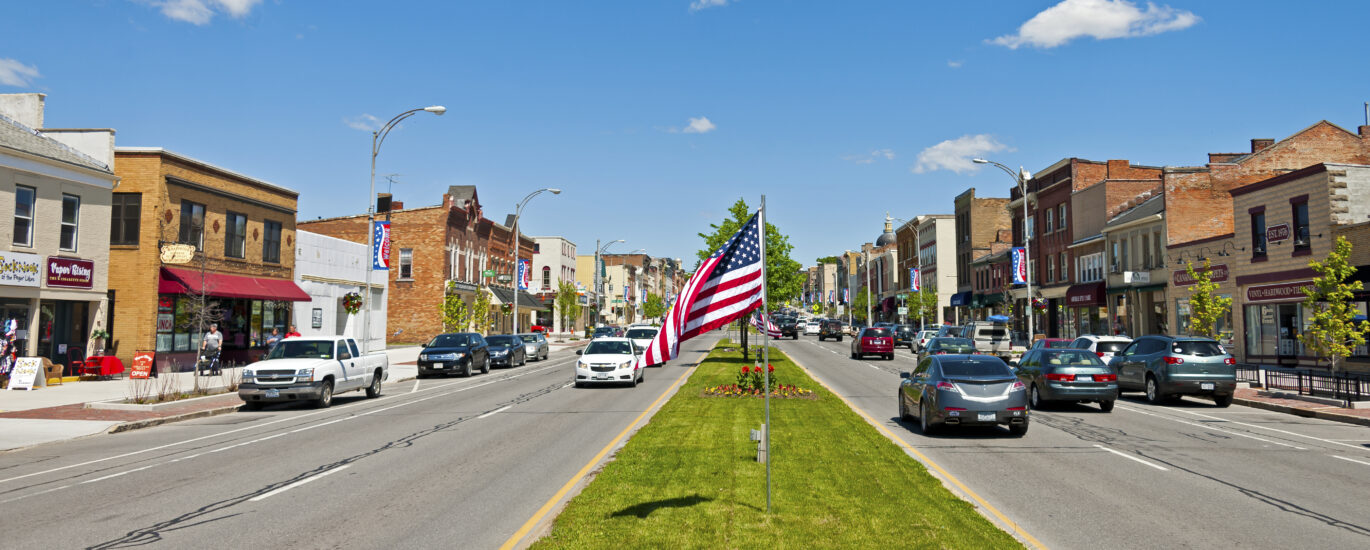Welcome to Canandaigua, New York, a location steeped in rich history and vibrant cultural heritage. As you explore this area, whether by car, on foot, or from afar, let us take you on a journey through time.
Canandaigua, nestled in the heart of the Finger Lakes region, holds a significant place in the history of both Indigenous peoples and early American settlers. Before European settlers arrived, this land was home to the Seneca people, part of the Haudenosaunee Confederacy, known as the Iroquois League. The Seneca, also known as the ‘Great Hill People,’ have a profound connection to this area, particularly around Canandaigua Lake. It’s believed that they originated from a village near the south end of the lake, close to South Hill and the notable Bare Hill.
The name Canandaigua itself is derived from the Seneca term ‘Ganondagan,’ meaning ‘chosen spot.’ It reflects the deep-rooted Indigenous presence and their reverence for the land. The Haudenosaunee Confederacy, formed between 1570 and 1600, was one of the world’s oldest participatory democracies and played a strategic role in the French-British rivalry for control over North America.
Fast forward to the late 18th century, Canandaigua witnessed a pivotal moment in American history. In 1794, the Treaty of Canandaigua was signed here, establishing peace and land rights between the United States and the Haudenosaunee nations. This landmark treaty, signed by notable figures such as Timothy Pickering and leaders of the Haudenosaunee, reaffirmed the friendship between these nations and recognized their sovereignty. Although subsequent treaties often eroded these promises, the Treaty of Canandaigua remains a symbol of diplomacy and mutual respect.
Throughout the 19th century, Canandaigua evolved into a thriving community, with agriculture as its backbone. The fertile lands around the Finger Lakes supported a flourishing economy, and the town became an essential hub for trade and transport. The arrival of the Erie Canal and later, the railroad, further cemented its role in regional development.
The town also boasts connections to notable historical figures. Susan B. Anthony, a leading figure in the women’s suffrage movement, visited Canandaigua, advocating for women’s rights and leaving a lasting legacy. Her influence is felt throughout the town, where her relentless fight for equality inspired many.
Today, Canandaigua is celebrated not only for its historical significance but also for its vibrant cultural scene and stunning natural beauty. The town’s historical sites, such as the Ontario County Historical Society and the Granger Homestead, offer glimpses into its storied past. Canandaigua Lake remains a beloved destination for recreation and reflection, echoing the harmonious relationship that the Seneca people once shared with this land.
As you continue your journey, remember that Canandaigua is more than just a stop on your map. It is a place where history lives, stories are shared, and the past continues to inspire the present.






